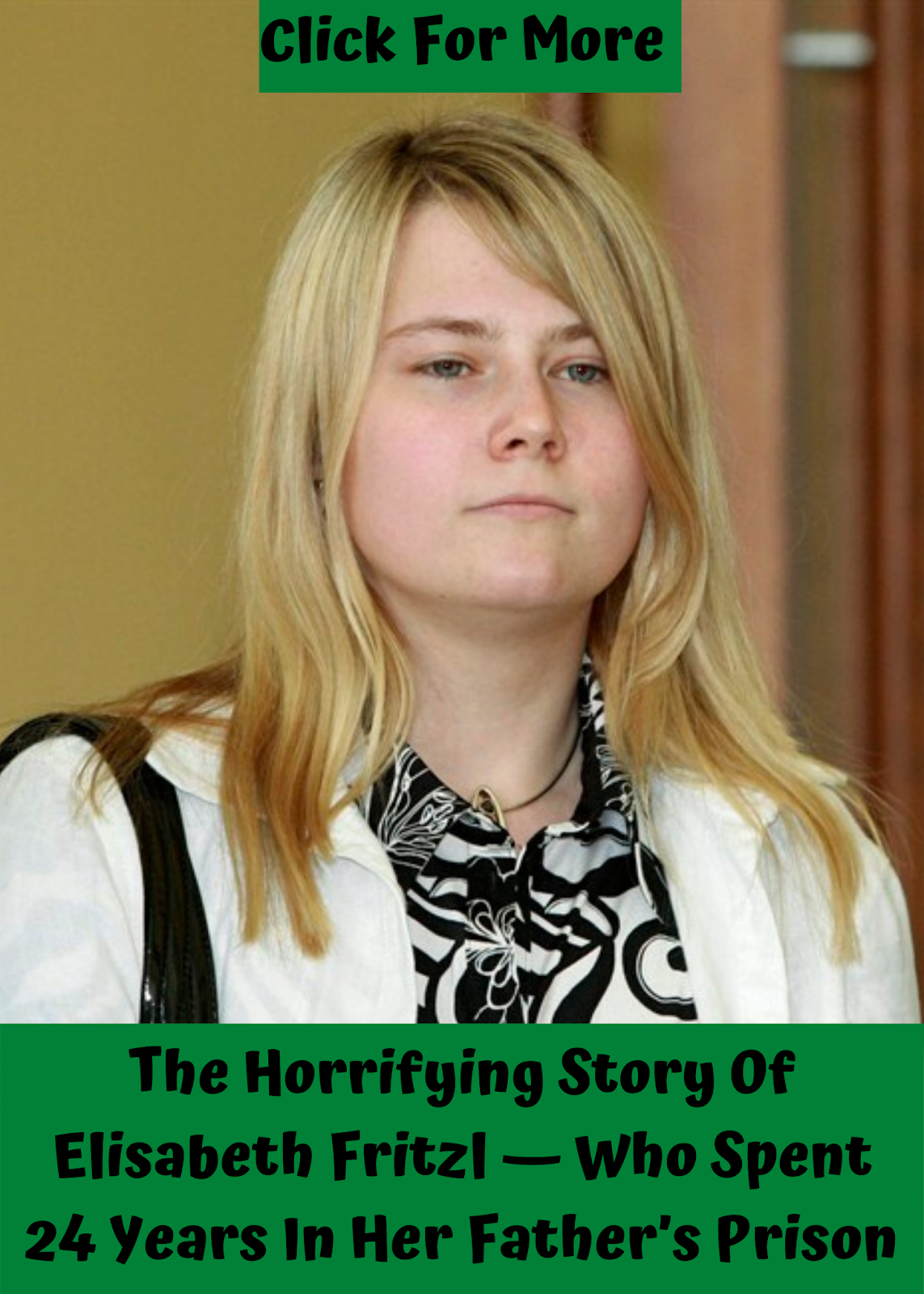Elisabeth Fritzl's story is one that resonates with many due to its harrowing nature and the profound issues it raises about human resilience and survival. For years, Elisabeth endured unimaginable circumstances that tested her will to live and her desire for freedom. Her tale is one of tragedy, manipulation, and ultimately, the quest for liberation. As we delve into her life, we uncover not only the dark aspects of her captivity but also the strength she showed in reclaiming her life.
Born in Austria in 1966, Elisabeth's life took a drastic turn at the hands of her father, Joseph Fritzl. For over 24 years, she was held captive in a concealed cellar, subjected to abuse that no human should ever have to endure. The psychological and physical toll on her life was immense, making her story not just one of survival but also of the struggle for identity and healing after trauma.
Elisabeth’s journey does not end with her escape; it transitions into a story of rebuilding and finding a sense of normalcy in a world that seemed foreign to her after years of isolation. This article aims to explore the complexities of Elisabeth Fritzl's life, her biography, her personal struggles, and the impact of her story on society. By understanding her experiences, we can foster a greater dialogue on issues of abuse, mental health, and recovery.
What is the Biography of Elisabeth Fritzl?
Elisabeth Fritzl was born on April 18, 1966, in Amstetten, Austria. She was the second of three children in the Fritzl family, raised in an environment that was reportedly strict and abusive, particularly at the hands of her father, Joseph Fritzl. At the age of 18, she was manipulated into a tragic situation that resulted in her abduction and years of captivity.
| Detail | Description |
|---|---|
| Name | Elisabeth Fritzl |
| Date of Birth | April 18, 1966 |
| Place of Birth | Amstetten, Austria |
| Parents | Joseph Fritzl, Rosemarie Fritzl |
| Years of Captivity | 24 years (1984-2008) |
| Children | 7 (3 raised in captivity) |
| Current Status | Public speaker and advocate for victims of abuse |
What Happened During Elisabeth Fritzl's Captivity?
Elisabeth Fritzl's captivity began in 1984 when her father drugged and imprisoned her in a hidden cellar beneath their family home. Over the years, she endured severe psychological and physical abuse, during which she gave birth to seven children, three of whom were raised in the cellar while the others were given to her father to care for. Elisabeth's isolation from the outside world left her in a state of despair, but she managed to maintain a sense of hope and resilience.
How Did Elisabeth Fritzl Escape?
In 2008, Elisabeth's chance for freedom came when she was allowed to take her daughter, Kerstin, to the hospital due to her severe health issues. This was the first time Elisabeth had stepped outside in over two decades. It was during this hospital visit that she revealed her story to the authorities, leading to her eventual escape and the arrest of her father. The events that unfolded shocked the world and prompted conversations about abuse and the complexities of familial relationships.
What Challenges Did Elisabeth Face After Her Release?
Elisabeth Fritzl's release marked the beginning of a new set of challenges. After living in captivity for so long, she faced significant difficulties in adjusting to a world that had evolved without her. The psychological scars of her trauma ran deep, and she sought therapy and support to help her navigate her new life. Elisabeth's bravery in facing these obstacles has inspired many and highlighted the long-term effects of abuse.
What Impact Did Elisabeth Fritzl's Story Have on Society?
The public revelation of Elisabeth Fritzl's story had a profound impact on societal awareness regarding domestic abuse and the importance of mental health support. It sparked discussions about the need for better protective measures for victims of abuse and the necessity for comprehensive support systems. Elisabeth's story became a catalyst for change, prompting many to speak out against similar injustices.
How Did Elisabeth Fritzl Become an Advocate for Abuse Victims?
Elisabeth Fritzl transitioned from being a victim to becoming an advocate for those who have experienced abuse. She has participated in various interviews and public speaking events, sharing her story to raise awareness and encourage other survivors to seek help. Her advocacy work has been instrumental in fostering a supportive community for victims, emphasizing the importance of breaking the silence surrounding abuse.
What Is Elisabeth Fritzl Doing Today?
Today, Elisabeth Fritzl lives a relatively quiet life, dedicated to her family and her healing process. While she remains out of the spotlight, her story continues to resonate with many, and she is often regarded as a symbol of strength and resilience. Elisabeth's journey serves as a reminder of the importance of mental health awareness and the need for supportive environments for individuals who have suffered from trauma.
What Can We Learn from Elisabeth Fritzl's Experience?
Elisabeth Fritzl's experience teaches us invaluable lessons about the human spirit's capacity for resilience and the necessity of speaking out against abuse. Her story encourages society to be vigilant in recognizing signs of abuse and to foster environments where victims feel safe to share their experiences. It also underscores the importance of mental health support and the need for comprehensive resources for survivors to rebuild their lives.
Conclusion: How Can We Support Victims of Abuse?
In conclusion, Elisabeth Fritzl's life story is a testament to the strength of the human spirit and the importance of advocacy in the face of adversity. To support victims of abuse, it is crucial to create safe spaces where they can share their experiences without fear of judgment. Education, awareness, and community support play vital roles in preventing abuse and facilitating recovery for survivors. By learning from Elisabeth's experiences, we can contribute to a more compassionate society that prioritizes the well-being of all individuals.



